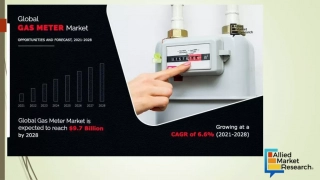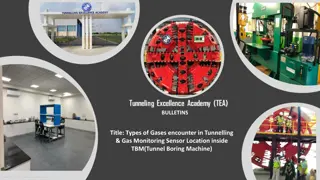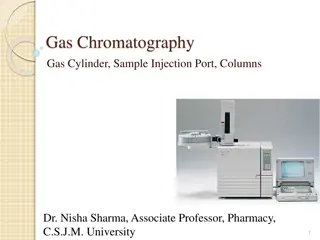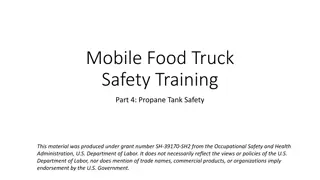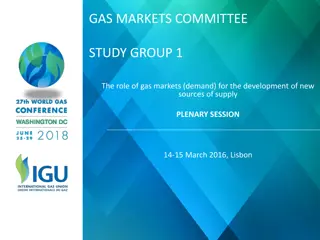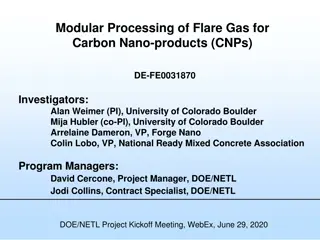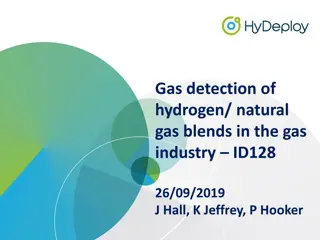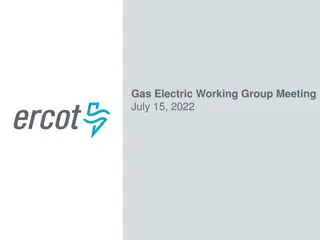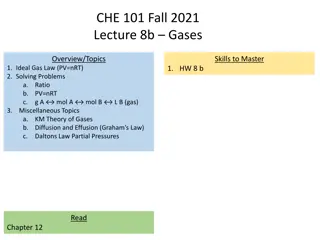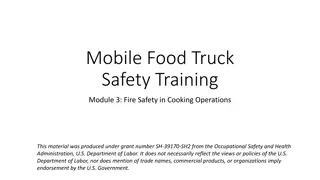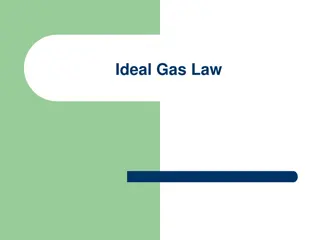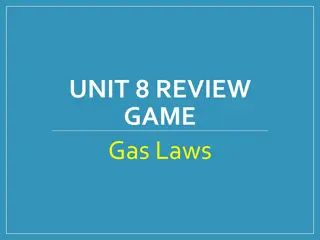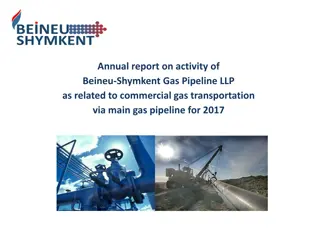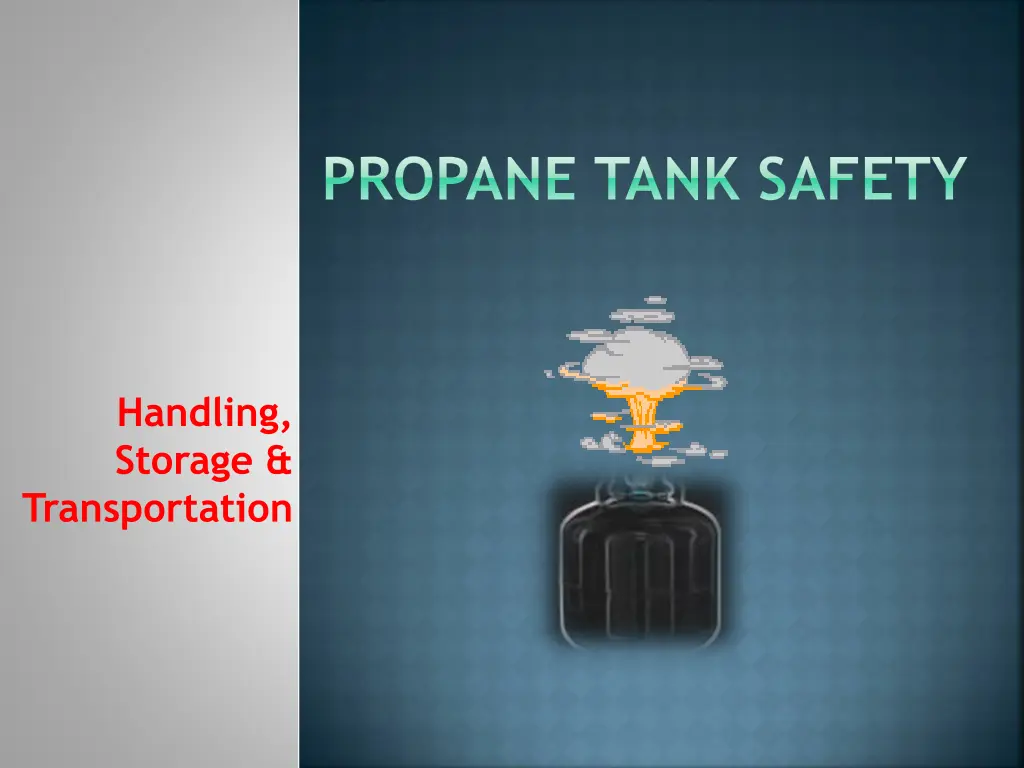
Propane Tank Safety: Handling, Storage, Transportation Tips
Learn how to safely handle, store, and transport propane tanks. Understand what propane is, how it smells, what to do if you smell gas, and proper storage guidelines to ensure safety. Stay informed and prevent potential hazards associated with propane use.
Download Presentation

Please find below an Image/Link to download the presentation.
The content on the website is provided AS IS for your information and personal use only. It may not be sold, licensed, or shared on other websites without obtaining consent from the author. If you encounter any issues during the download, it is possible that the publisher has removed the file from their server.
You are allowed to download the files provided on this website for personal or commercial use, subject to the condition that they are used lawfully. All files are the property of their respective owners.
The content on the website is provided AS IS for your information and personal use only. It may not be sold, licensed, or shared on other websites without obtaining consent from the author.
E N D
Presentation Transcript
PROPANE TANK SAFETY Handling, Storage & Transportation
WHAT IS PROPANE Liquid petroleum gas LPG A liquid fuel stored under pressure Turns from liquid to gas before it leaves the cylinder Very flammable and often reacts with other chemicals Severe freezer burn or frostbite can result if propane comes in contact with skin 2
WHAT DOES IT SMELL LIKE Smells like rotten eggs, skunk spray or a dead animal Manufactures add smell to help alert users to propane leak Some people have difficulty smelling propane Elderly Medical condition Effects of some medication 3
IF YOU SMELL GAS Immediately put out any smoking material or anything with open flames If you are able to, safely turn off the cylinder valve to close turn valve clockwise Immediately leave the area and call 911 or your local fire department Before you restart the BBQ check to see if the connection is cross-threaded if there is any noticeable damage to the valve, connections or tank if unsure place out of service until a qualified service technician inspects the cylinder and appliance 4
STORAGE OF CYLINDERS Never store or place a propane cylinder in an area of excessive heat (120 degrees or higher) or near a heat source Never store or place a spare cylinder under or near a barbecue grill Avoid storing or placing a propane cylinder indoors or in an enclosed area NOTE: IF YOU MUST STORE PROPANE INSIDE IT SHOULD BE IN A LOCATION THAT IS WELL VENILATED, NOT IN AN AREA OF HUMAN OCCUPANCY AND NOT NEAR A HEAT SOURCE NO ELECTRICAL OR BOILER ROOMS OR AREAS THAT MAY PRODUCE A SPARK! 5
STORAGE OF CYLINDERS DO NOT smoke or have any ignition sources such as flames or spark-producing electrical tools in the area while handling or transporting cylinders Store propane cylinders outdoors in an upright (vertical) position 6
TRANSPORTING SMALL CYLINDERS ALWAYS Transport and store a cylinder in a secure and upright position so it will not fall, shift or roll Close the cylinder valve and if required, seal with a plug even if the cylinder is empty Place the cylinder in a well-ventilated area of the vehicle Proceed directly to your destination and immediately remove the cylinder from your vehicle 7
TRANSPORTING SMALL CYLINDERS NEVER keep a filled cylinder inside a hot vehicle or transport it inside a closed trunk In California a driver can transport up to 1000 lbs. of propane including the containers weight 8
TESTING FOR LEAKS Apply leak detector solution or thick soapy water to the connection(s) between the cylinder valve and the regulator outlet. These connections are marked with an x on the diagram below 9
TESTING FOR LEAKS - CONT Slowly open the cylinder valve and watch for bubbles If bubbles appear, close the cylinder valve, tighten the connection, and repeat the process. If bubbles still appear, call your propane retailer immediately 10
WHAT TO DO WITH OLD OR DAMAGED CYLINDERS NEVER dispose of your propane cylinder by throwing it in the trash Check to see if there are municipal programs for collection in your area, or contact your propane retailer for guidance on disposal of the cylinder 11
WHAT TO DO WITH OLD OR DAMAGED CYLINDERS NEVER use a damaged cylinder or a cylinder that has been in a fire. All cylinders must be inspected before they are refilled. The law requires periodic inspection of cylinders, and it is against the law to refill out-of-date cylinders. The last inspection date is stamped on the cylinder 12
RECERTIFICATION Each tank has a date when it was last certified. If propane tank is past its certification date or no date can be found it will not be allowed to be refilled Original Date Re- Certification Date 13
PROBLEM WITH PROPANE TANK DO NOT UNDER ANY CIRCUMSTANCES TRY TO MODIFY OR REPAIR VALVES, REGULATORS,OR OTHER CYLINDER OR APPLIANCE PARTS DON T RISK IT! Call your propane retailer or a qualified service technician for assistance 14
OVERFILL PREVENTION DEVICE Make sure the cylinder is equipped with an Overfill Prevention Device (OPD) OPD is a safety feature that helps prevent small propane cylinders from being overfilled Cylinders with OPD s will have triangular handwheel with the letters OPD on handle/valve Old type valve handle New style handle Overfill Prevention Device 15
ADDITIONAL SAFETY FEATURES Cylinders must be equipped with collar and foot ring that are in good condition Collar Ring Foot Ring 16
HELPFUL LINKS National Propane Gas Association http://npga.org/i4a/pages/index.cfm?pageid=1 Propane Education & Research Council http://usepropane.com/ 17
ENVIRONMENTAL HEALTH & SAFETY QUESTIONS Visit our website @ http://www.sandi.net//Domain/144 Safety Office 858-627-7174 18

